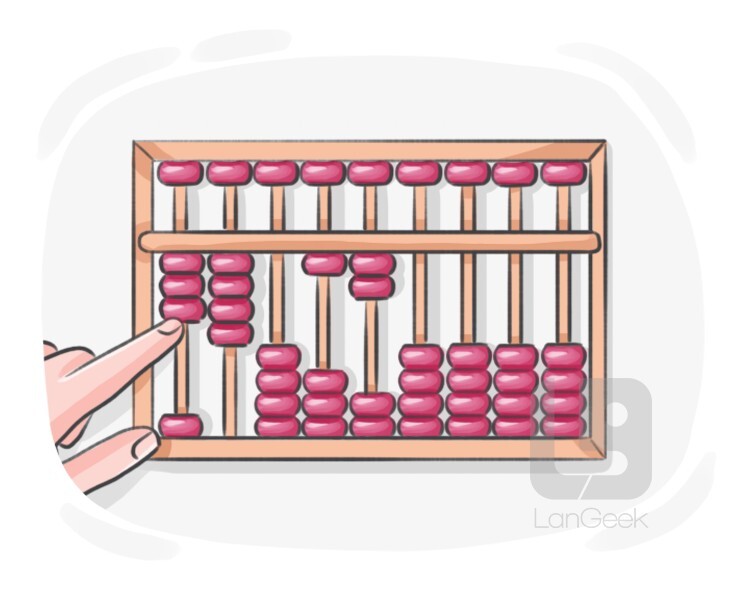Search
Select the dictionary language
a tool used for counting and calculating that consists of a frame with rods or wires on which beads or stones are moved up and down using hands

What is an "abacus"?
An abacus is a simple, ancient tool used for performing arithmetic calculations. It originated in Mesopotamia around 2300 BCE and was later adopted by many other cultures, including the Chinese, Egyptians, and Romans. The abacus consists of a frame with rods or wires, each holding a series of beads that can be moved back and forth. Each bead represents a specific value, and by moving the beads in different patterns, users can add, subtract, multiply, and divide numbers. The abacus was widely used before the invention of more modern calculating devices and is still used in some places today, especially for teaching basic math or in areas where electronic devices are not available.
What is an "abacus"?
An abacus is a flat, horizontal slab or block that sits on top of a column or pillar. It serves as a support for the structure above, helping to distribute weight evenly. In classical architecture, the abacus is often decorative, featuring intricate carvings or designs that enhance the overall appearance of the column. This element plays an important role in connecting the column to the beam or arch it supports, contributing to both the stability and visual appeal of the building.




























